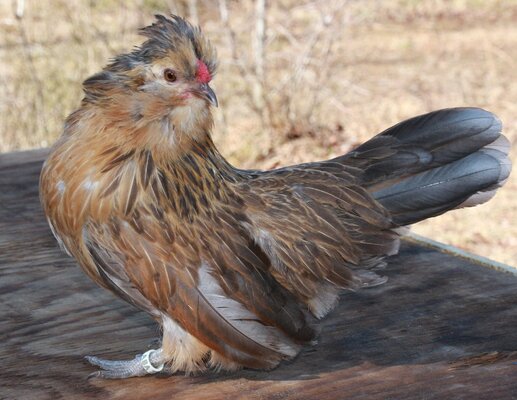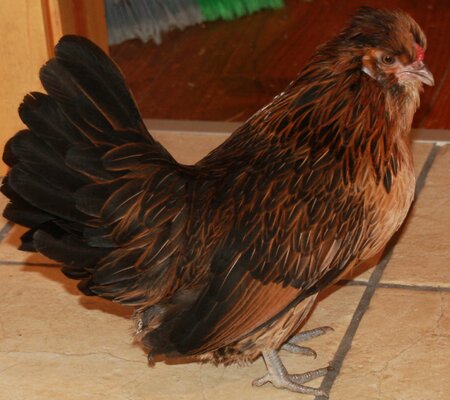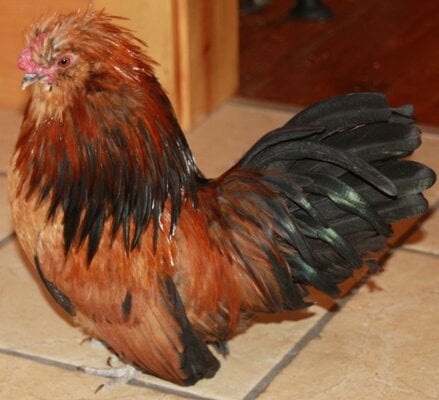Raptor-tooth
Chirping
- Aug 1, 2018
- 19
- 69
- 84
Hello! I've found myself in possession of a trio of quail watermaal as the founders of my first breeding project. I have a hen with great coloring, but 5 spikes on her comb as well as it being a bit large and a rooster with mediocre coloring but he's got a nice rose comb with 3 spikes. The remaining hen has 5 spikes as well but a good comb overall aside from that though her coloring isn't great either.
So I'm currently just breeding them and hoping for a few more with the 3 spikes to really start my own line with after these founders since any more or less are disqualified for showing and I cannot for the life of me find any information on how those comb spikes work and how they pass down!
If anybody has any information or even just hypothesis on how those rose comb spikes work genetically, I would be eternally grateful!
(I do have one chick that just hatched from my founders whose comb specifics are unknown as well as a quail d'anver hen I can breed into my line if need be if breeding a normal rose comb to one with too many spikes would help at all)
So I'm currently just breeding them and hoping for a few more with the 3 spikes to really start my own line with after these founders since any more or less are disqualified for showing and I cannot for the life of me find any information on how those comb spikes work and how they pass down!
If anybody has any information or even just hypothesis on how those rose comb spikes work genetically, I would be eternally grateful!
(I do have one chick that just hatched from my founders whose comb specifics are unknown as well as a quail d'anver hen I can breed into my line if need be if breeding a normal rose comb to one with too many spikes would help at all)






